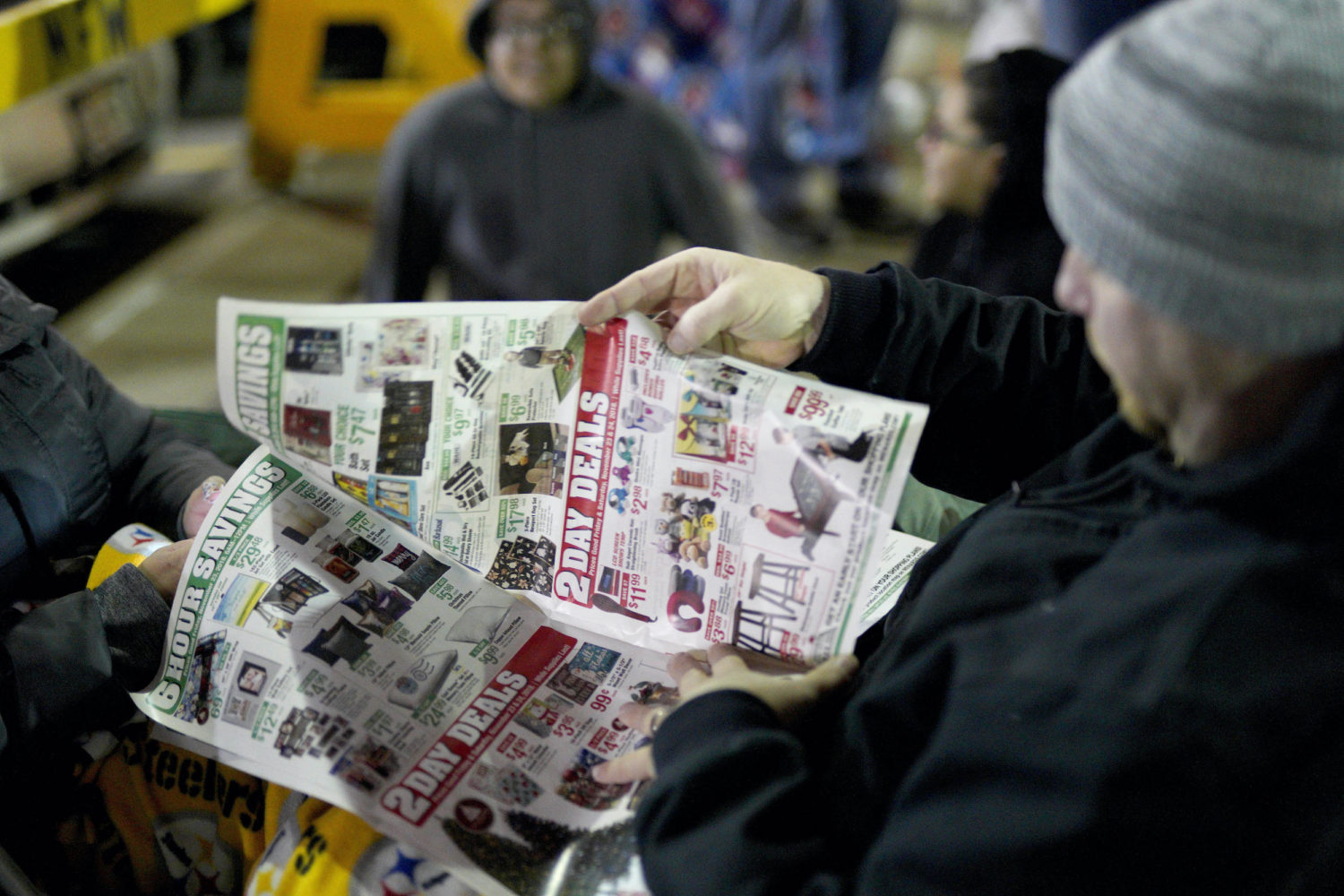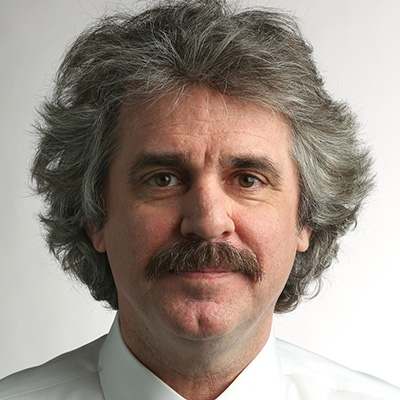The article was originally published on Northwestern University’s Medill Local News Initiative website and is republished here with permission.
The financial distress threatening the future of the local news industry is now a pervasive concern of those working in the media business, and few of them see advertising revenue as the best path forward, according to a new survey by Northwestern University’s Medill School of Journalism, Media, Integrated Marketing Communications.
The first-ever Medill Media Industry Survey of nearly 1,400 members of the U.S. news media was conducted by associate professor Stephanie Edgerly of the Medill School.
Asked to rate their concern about the future sustainability of U.S. local news, 81.2% said they were very concerned and 17.7 were somewhat concerned. Only 1% were not at all concerned. The highest concern was expressed by people working for newspapers (86.7% very concerned) and digital-only outlets (84.5% very concerned).
“I think one of the problems for a number of years was that local news organizations were in a bit of denial about the extent of the problem. Now they’re in no denial,” said Tim Franklin, Medill senior associate dean and John M. Mutz Chair in Local News, who assisted Edgerly with the survey’s logistics. “These numbers show everybody gets it. There needs to be a reinvention of local news.”
Asked what concerned them most about the diminishment of local news, 52.3% said it was fewer watchdogs holding government accountable. Other concerns were less information about local institutions such as schools and law enforcement (23.2%), negative effects on citizens (17.7%) and less information about what people in the community are doing (3.8%).
Nancy Lane, CEO of the Local Media Association, had no dispute with those priorities. “We think that a lot of investigative reporting positions have gone away in newsrooms all over the country, and it remains a concern of ours, so I was pleased to see that was the top choice,” she said.
Edgerly, who ran the survey, noted: “When there are fewer watchdogs holding local government accountable, you can see what grows in that vacuum.”
Studies have found lower voter participation and higher government indebtedness in places that lack a healthy news media environment.
There was no firm consensus among poll respondents on the best way out of the crisis.
Asked which new business model holds the most promising path forward, 26.8% chose conversion from commercial to nonprofit status while 24.8% cited a shift to reliance on reader revenue such as subscriptions, and just 7.1% picked growing advertising revenue. The option that drew the most support was “all of the above,” with 36.4%. “None of the above” was cited by 4.9%.
“To me the most striking number in the local news survey was how few people listed growing ad revenue as a path forward for the business model,” said Franklin, who is head of the Medill Local News Initiative. “… This shows that local journalists and leaders have conceded that advertising revenue predominantly is not the future for them, which is a very stark reversal from where we were not that long ago. In historical terms, that’s just a huge sea change in the business model for local news.”
Edgerly agreed.
“Clearly you’re seeing that advertising alone is no longer the path forward,” she said. “I think that narrative is very much reflected in this data. … You need a mixture approach to building any business model.”
The Local Media Association’s Lane thought the low number for ad revenue was a nod to reality. “It’s been a long time of steady, steady decline in ad revenue, so that one didn’t surprise me at all,” she said.
But Penny Abernathy, a Medill visiting professor known for her “news deserts” research at the University of North Carolina, cautioned against writing off advertising.
“You’ve got to figure out a way to bring back the huge impact that marketing had, that advertising had on the bottom line, if you’re going to sustain a newsroom,” she said. “… That’s why you’ve got to figure out ways like sponsorships that you actually are charging rates that are somewhat similar to what you had on advertising. You’ve got to think about offering marketing services, not just advertising.”
The high number of respondents choosing nonprofit conversion was eye-opening, considering that it’s a relatively new and unproven approach, at least for the legacy news outlets that are among the most endangered by today’s market forces.
“What surprised me was the conversion from commercial to nonprofit status and 27% picking that as the model that holds the most promising path forward,” said Lane. “… I still think there is a ton of support for the for-profit model. We think that the nonprofit model is emerging and we’re watching it and it’s interesting, and we think it plays a role in the local media ecosystem, but we think for-profit media also plays a role for a long time to come.”
Franklin suggested that some people in the news industry might have an unrealistic view of the finances of nonprofit outlets. “Being a non-profit doesn’t mean no profit,” he said. “You still need to at least break even over the long term to be viable.”
Abernathy agreed that nonprofits have to worry about finances just as commercial outlets do — “even more in some ways because the grants run out, and you’ve still got to be hitting people up for memberships all the time.”
The support for “all of the above” reflects a consensus in the industry that local news outlets need multiple revenue streams to remain healthy and resilient.
Lane said both reader revenue and advertising were important. “I would add journalism funded by philanthropy and I would add events to this list,” she said. “… To me, reader revenue, journalism funded by philanthropy, events and to a lesser degree advertising, but it’s still important. It’s still in the mix. To me, that’s the diversification strategy right now.”
While the news industry has long recognized its financial crisis, journalists have been alarmed to find that the public doesn’t share their anxiety. A Pew Research Center survey in 2018 found that 70% of the public thought their local news outlet was doing well financially, despite widespread evidence to the contrary.
“I think there’s a huge disconnect with the public,” Lane said. “The public does not understand the financial situation for local media. They do understand their newspaper is a lot smaller and they’re not getting as much news. So my parents, in their 70s, who subscribed to two newspapers their whole life, recently cancelled both subscriptions because they said there was so little news in both newspapers and it was nothing new and it wasn’t local enough anymore for them. And when my parents stop subscribing to a newspaper, we’re in trouble.”
But many people don’t grasp the cause-and-effect about fewer resources leading to less news coverage.
“I think they don’t understand that the reason the newspapers are so small and there’s not as much news is because of the financial struggles of the industry,” she said. “They haven’t made that connection. And asking people to pay for a digital subscription and then not delivering with the right amount of local news and information is a disconnect on the newspaper side of the business.”
The Medill Media Industry Survey was conducted online from Nov. 30 to Dec. 28, 2020. A list of people working in U.S. media was compiled, then reduced to 15,000 by random sampling. Those 15,000 were invited to participate, and about 9 percent of that sample did so. The survey included managers and journalists from print, digital, TV, radio and magazine outlets. About 43% of the respondents were supervisors.
In the survey, respondents also were asked about the news media’s performance during the 2020 presidential election campaign. A previous story examined those responses, which included general agreement that the media was fair but also the view that political polling was overplayed and unreliable.







